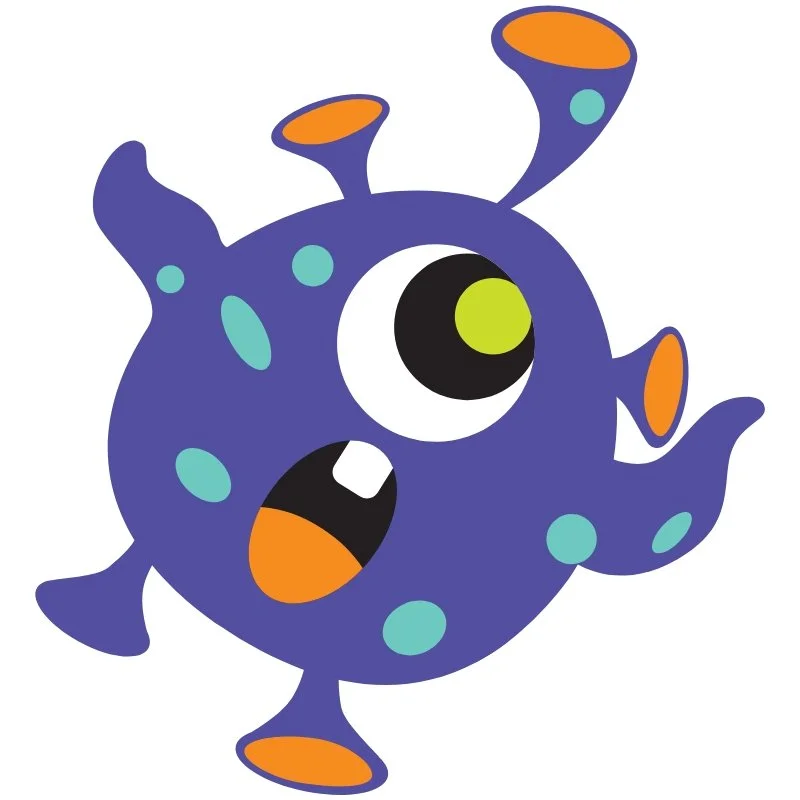Drift – The Brain Fog and Lack of Focus Monster
Drift is one of the Visiting Neuro Monsters. Drift represents the hazy state of mind where attention slips away and thoughts scatter like mist. Known as the Brain Fog and Lack of Focus Monster, Drift embodies the sluggish mental fog that makes concentration difficult, memory unclear, and presence hard to hold. Within the Neuro Monsters Universe, Drift reveals how the brain can lose its sharpness when overloaded, under rested, or dysregulated.
The Symbolic Role of Drift
Drift symbolizes the mind’s slow unraveling when clarity fades. Its presence shows up when you cannot hold a train of thought, when tasks blur together, or when conversations feel hard to follow. Symbolically, Drift represents the cloud that settles over awareness, softening everything until it is vague and uncertain. By naming Drift you begin to notice when the fog is a sign of exhaustion, stress, or overwhelm and when it is a patterned escape from sharp attention.
Drift often appears as a ghostly figure moving in and out of form, its edges dissolving like smoke. This symbolic image reflects how brain fog makes thoughts and goals difficult to grasp. When you face Drift with emotional neutrality you can begin to guide yourself back toward focus rather than fighting the fog as if it were failure.
Brain Fog in the Brain
In neuroscience terms Drift is tied to the default mode network, the prefrontal cortex, and the hippocampus. When the default mode network becomes overly active the mind drifts into daydreaming and self chatter instead of present awareness. The prefrontal cortex, which is responsible for focus and executive function, loses efficiency under fatigue or stress. The hippocampus struggles with memory consolidation when the system is taxed, which adds to the sense of mental haze.
Drift symbolizes this imbalance where the networks for rest and reflection overpower the systems for focus and clarity. The result is a state of fog where thoughts circle without progress and attention slips repeatedly away.
The Protective Instinct Behind Drift
Although it can feel frustrating Drift’s instinct is protective. Brain fog is the nervous system’s way of slowing down mental activity when energy is low or when overwhelm threatens stability. Its purpose is to reduce input and soften processing so the system does not burn out. The problem comes when Drift lingers, leaving life unorganized and progress stalled. By seeing the protective purpose behind Drift you can learn to accept its message that rest or regulation is needed while also training your mind to reengage when it is time.
Training with Drift
Training with Drift means learning to gently clear the fog without expecting instant focus. Cognitive Neuro Therapy emphasizes naming the haze neutrally and using structured anchors to bring attention back into the present moment.
When Drift appears you can practice the following steps. Pause and notice the sensation of fogginess without judgment. Name it as brain fog rather than as permanent failure. Choose one simple anchor such as noticing your breath, feeling your feet on the ground, or repeating a grounding phrase. Break tasks into the smallest possible steps to lower pressure and restart momentum. Then celebrate any return of clarity no matter how brief.
Over time Drift becomes less of a barrier and more of a signal that balance is needed. You learn that fog is not emptiness but a form of protection that can be worked with. Drift becomes a reminder that clarity does not return through force but through patience, rest, and small steps toward focus.


